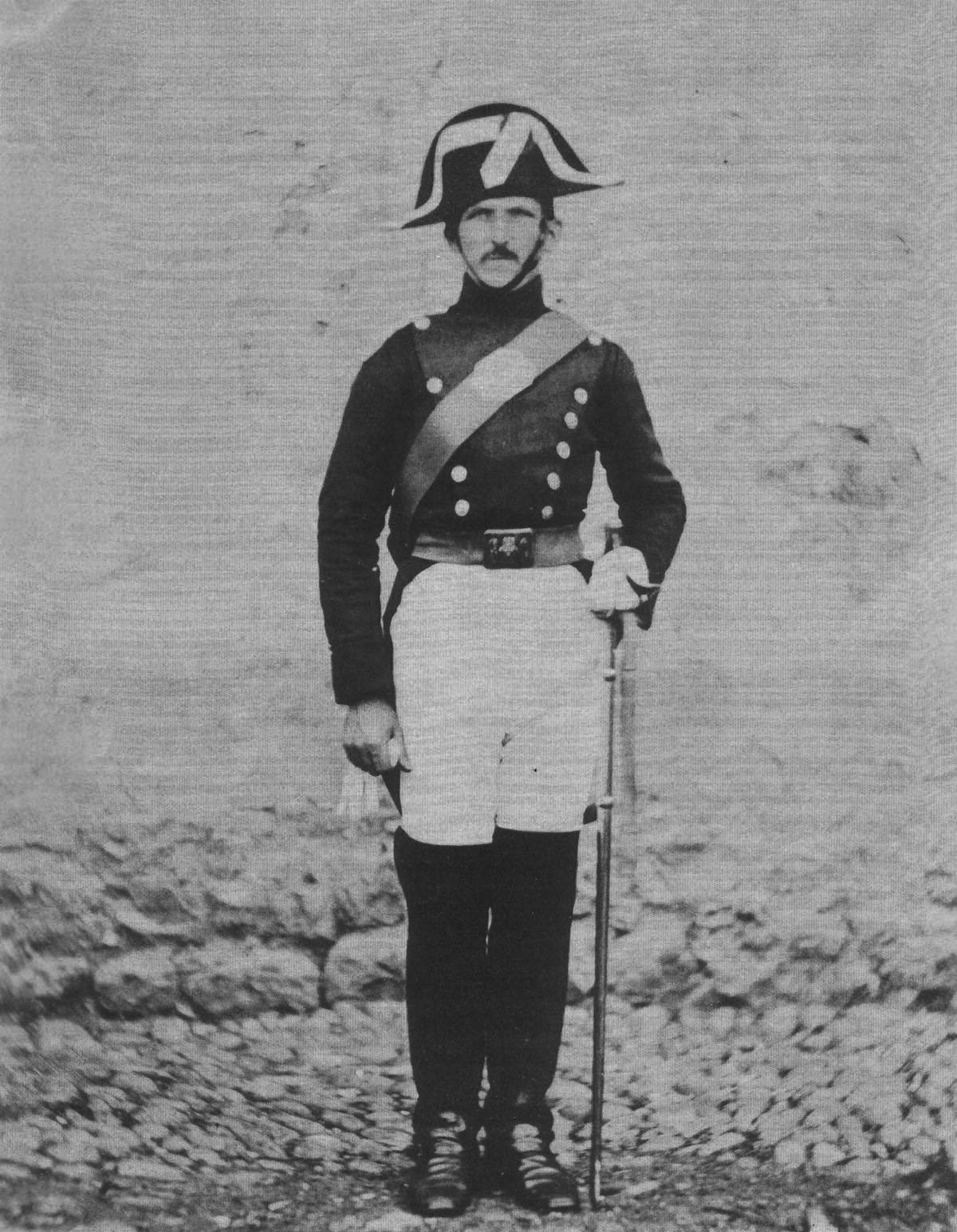|
La Pelota Vasca
''The Basque Ball: Skin Against Stone'' ( es, La pelota vasca: la piel contra la piedra; eu, Euskal pilota: larrua harriaren kontra) is a 2003 Spanish documentary film written and directed by Julio Medem. Overview The film's purported intention is to create a bridge between the different political positions that coexist, sometimes violently, in the Basque Country. In order to do so, Medem edits the interviews giving a sense of dialogue between parties that refused to sit down and talk. Due to its lack of contextualization, the film may be hard to understand to audiences without previous knowledge of the Basque problem—it is obviously a film designed to be viewed by Spanish audiences, or people familiar with the issues. The movie also utilizes footage from the Basque portions of the 1955 travelogue ''Around The World With Orson Welles'', and continually intercuts between interviews and jai alai players. Criticism One of the main controversies of the documentary is that the ... [...More Info...] [...Related Items...] OR: [Wikipedia] [Google] [Baidu] |
Julio Médem
Julio Medem Lafont (born 21 October 1958) is a Basque film director, producer, editor, and screenwriter. Biography Medem was born on 21 October 1958 in San Sebastián, Basque Country, Spain and showed an interest in movies since childhood, when he would take his father's Super 8 camera and shoot at night, while nobody was paying attention. After college graduation (where he earned degrees in Medicine and General Surgery) he worked as a film critic and later as a screenwriter, assistant director and editor. After a few shorts he directed his first full-length feature, ''Vacas'' ('Cows') for which he won a Goya Award. After this film he directed ''The Red Squirrel'' and ''Earth'', both receiving good reviews at Cannes. His next film, '' Lovers of the Arctic Circle'', has been compared to the works of Krzysztof Kieślowski. In 2002 was released his following film, ''Sex and Lucia''. Medem explored the documentary format with his next production '' La pelota vasca'' ('The Basque ... [...More Info...] [...Related Items...] OR: [Wikipedia] [Google] [Baidu] |
ETA (separatist Group)
ETA, an acronym for Euskadi Ta Askatasuna ("Basque Homeland and Liberty"ETA BASQUE ORGANIZATION Encyclopaedia Britannica 20 October 2011 or "Basque Country and Freedom"), was an armed Basque nationalism, Basque nationalist and far left separatism, separatist organization in the Basque Country (greater region), Basque Country (in northern Spain and southwestern France). The group was founded in 1959 and later evolved from a group promoting traditional Basque culture to a paramilitary group engaged in a violent campaign of bombing, assassinations, and kidnappings in the Southern Basque Country and throughout Spanish territory. Its goal was gaining independence for the Basque Country. [...More Info...] [...Related Items...] OR: [Wikipedia] [Google] [Baidu] |
Basque Politics
The Basque Country (; eu, Euskadi ; es, País Vasco ), also called Basque Autonomous Community ( eu, Euskal Autonomia Erkidegoa, links=no, EAE; es, Comunidad Autónoma del País Vasco, links=no, CAPV), is an autonomous community of Spain. It includes the provinces (and historical territories) of Álava, Biscay, and Gipuzkoa, located in the north of the Iberian Peninsula, bordering on the autonomous communities of Cantabria, Castile and León, La Rioja, and Navarre, and the French region of Nouvelle-Aquitaine. The Basque Country or Basque Autonomous Community is enshrined as a 'nationality' within the Spanish State in its 1979 statute of autonomy, pursuant to the administrative acquis laid out in the 1978 Spanish Constitution. The statute provides the legal framework for the development of the Basque people on Spanish soil. Navarre, which had narrowly rejected a joint statute with Gipuzkoa, Álava and Biscay in 1932, became a full-fledged foral autonomous community in 1982. ... [...More Info...] [...Related Items...] OR: [Wikipedia] [Google] [Baidu] |
2003 Films
The year 2003 in film involved some significant events. Highest-grossing films The top 10 films released in 2003 by worldwide gross are as follows: '' The Lord of the Rings: The Return of the King'' grossed more than $1.14 billion, making it the highest-grossing film in 2003 worldwide and in North America and the second-highest-grossing film up to that time. It was also the second film to surpass the billion-dollar milestone after ''Titanic'' in 1997. '' Finding Nemo'' was the highest-grossing animated movie of all time until being overtaken by ''Shrek 2'' in 2004. Events * February 24: '' The Pianist'', directed by Roman Polanski, wins 7 César Awards: Best Film, Best Director, Best Actor, Best Sound, Best Production Design, Best Music and Best Cinematography. * June 12: Gregory Peck dies of bronchopneumonia. * June 29: Katharine Hepburn dies of cardiac arrest. * November 17: Arnold Schwarzenegger sworn in as Governor of California. * December 22: Both of the m ... [...More Info...] [...Related Items...] OR: [Wikipedia] [Google] [Baidu] |
List Of Spanish Films Of 2003 ...
A list of Spanish-produced and co-produced feature films released in Spain in 2003. The domestic theatrical release date is favoured. Films Box office The ten highest-grossing Spanish films in 2003, by domestic box office gross revenue, are as follows: See also * 18th Goya Awards References External links Spanish films of 2003at the Internet Movie Database {{DEFAULTSORT:Spanish Films Of 2003 2003 Lists of 2003 films by country or language Films A film also called a movie, motion picture, moving picture, picture, photoplay or (slang) flick is a work of visual art that simulates experiences and otherwise communicates ideas, stories, perceptions, feelings, beauty, or atmosphere ... [...More Info...] [...Related Items...] OR: [Wikipedia] [Google] [Baidu] |
Cartagena Film Festival
The Cartagena Film Festival ( es, Festival Internacional de Cine de Cartagena de Indias), or FICCI, is a film festival held in Cartagena, Colombia, which focuses mainly on the promotion of Colombian television series, Latin American films and short films. The Cartagena Film Festival, which is held every March, is the oldest film festival in Latin America. The Cartagena Film Festival was founded 1959 by Victor Nieto. Nieto remained the director of the film festival for 48 years, his last being in 2008. Nieto died at the age of 92 in November 2008. Lina Paola Rodriguez was appointed manager by Nieto in 2007 and 2008, and will remain acting director following Nieto's death. Best Film winners See also * Latin American television awards References External links *Cartagena Film Festival official website at ... [...More Info...] [...Related Items...] OR: [Wikipedia] [Google] [Baidu] |
European Film Awards
The European Film Awards (or European Film Academy Awards) have been presented annually since 1988 by the European Film Academy to recognize excellence in European cinematic achievements. The awards are given in 19 categories, of which the most important is the ''Best Film''. They are restricted to European cinema and European producers, directors, and actors. The awards were officially also called the "Felix Awards" until 1997, in reference to the former award's trophy statuette, which was replaced by a feminine statuette. Since 1997, the European Film Awards have been held in early- to mid-December. Hosting duties have alternated between Berlin, Germany in odd-numbered years and other European cities in even-numbered years. The most recent European Film Awards were held on 12 December 2020 as a virtual ceremony. In reaction to the 2022 Russian invasion of Ukraine, Russian films were excluded from the 2022 European Film Awards. Awarding procedures Feature films participating ... [...More Info...] [...Related Items...] OR: [Wikipedia] [Google] [Baidu] |
Goya Awards
The Goya Awards ( es, Premios Goya) are Spain's main national annual film awards, commonly referred to as the Academy Awards of Spain. The awards were established in 1987, a year after the founding of the Academy of Cinematographic Arts and Sciences, and the first awards ceremony took place on March 16, 1987 at the Teatro Lope de Vega, Madrid. The ceremony continues to take place annually at Centro de Congresos Príncipe Felipe, around the end of January/beginning of February, and awards are given to films produced during the previous year. The award itself is a small bronze bust of Francisco Goya created by the sculptor José Luis Fernández, although the original sculpture for the first edition of the Goyas was by Miguel Ortiz Berrocal. History To reward the best Spanish films of each year, the Spanish Academy of Motion Pictures and Arts decided to create the Goya Awards. The Goya Awards are Spain's main national film awards, considered by many in Spain, and internationa ... [...More Info...] [...Related Items...] OR: [Wikipedia] [Google] [Baidu] |
Footage
In filmmaking and video production, footage is raw, unedited material as originally filmed by a movie camera or recorded by a ( often special) video camera, which typically must be edited to create a motion picture, video clip, television show or similar completed work. Footage may also refer to sequences used in film and video editing, such as special effects and archive material (for special cases of this, see stock footage and B roll). Since the term originates in film, footage is only used for recorded images, such as film stock, videotapes or digitized clips – on live television, the signals from video cameras are instead called ''sources''. History The origin of the term "footage" is that early 35 mm silent film has traditionally been measured in feet and frames; the fact that film was measured by length in cutting rooms, and that there are 16 frames ( 4-perf film format) in a foot of 35 mm film which roughly represented 1 second of screen time ( frame rate) in s ... [...More Info...] [...Related Items...] OR: [Wikipedia] [Google] [Baidu] |
Guardia Civil
The Civil Guard ( es, Guardia Civil, link=no; ) is the oldest law enforcement agency in Spain and is one of two national police forces. As a national gendarmerie force, it is military in nature and is responsible for civil policing under the authority of both the Ministry of the Interior and the Ministry of Defence. The role of the Ministry of Defence is limited except in times of war when the Ministry has exclusive authority. The corps is colloquially known as the ' (reputable). In annual surveys, it generally ranks as the national institution most valued by Spaniards, closely followed by other law enforcement agencies and the armed forces. It has both a regular national role and undertakes specific foreign peacekeeping missions and is part of the European Gendarmerie Force. As a national gendarmerie force, the Civil Guard was modelled on the French National Gendarmerie and has many similarities. As part of its daily duties, the Civil Guard patrols and investigates crimes in ... [...More Info...] [...Related Items...] OR: [Wikipedia] [Google] [Baidu] |
Ermua Forum
Ermua is a town and municipality located in the province of Biscay, in the autonomous community of Basque Country, northern Spain. In 2019, Ermua had 15,880 inhabitants. Ermua is a town in the Durangaldea comarca of the province of Biscay in northern Spain. It is situated in a steep-sided valley beside the Río Ego, a tributary of the Deba River. Because of the steep, irregular terrain, building space is limited, and Ermua is one of the most densely populated towns in the Basque country. To the north of Ermua lies the municipality of Mallabia, to the east lies Eibar and to the south lies Zaldibar. Eibar is a larger town which lies just across the provincial border, in the province of Gipuzkoa, the two towns forming a single urban area. Ermua has grown greatly in size during the 1960s and 1970s and acts as a dormitory town to Eibar, both of them being industrial towns. Ermua and Eibar are linked by the N-634 and share a common exit from the Autopista AP-8 (AP-8), the toll road ... [...More Info...] [...Related Items...] OR: [Wikipedia] [Google] [Baidu] |


